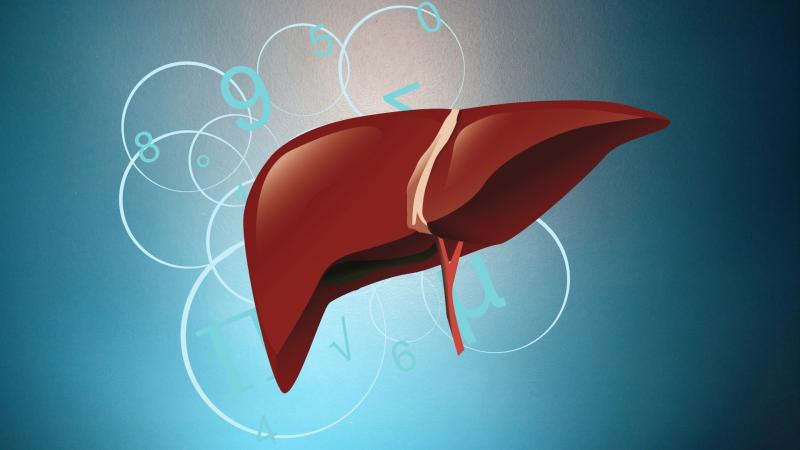
Hepatitis A, B and C are a group of diseases affecting the liver and causing inflammation. Nearly 71 million people worldwide are affected by chronic hepatitis C, leading to around 4 lakh deaths annually. The blood-borne hepatitis C (HCV) virus infects the liver causing irreversible damage, liver cancer, liver failure, and death. Unless treated, the infection can last for a lifetime in some people. With the advent of direct-acting antivirals (DAA) that directly target the crucial proteins in the virus, treating hepatitis C has become highly effective.
However, despite the new drugs, about 5–10% of the infected people develop resistance to the drugs as the virus mutates very fast, changing its genetic make-up. Hence, a combination of antiviral treatments is required to elicit a more powerful fight against the virus, for which we need to identify its possible mutations. In a recent study, researchers from the Indian Institute of Science, Bengaluru, have proposed a mathematical model that can determine the number of mutations the hepatitis C virus can carry in an infected individual, even before starting any treatment. The work was published in the journal PLOS Pathogens and funded by Wellcome Trust/DBT India Alliance.
The hepatitis C virus is a ribonucleic acid (RNA) virus and makes its own proteins to replicate and assemble new viruses. Direct-acting antivirals are a relatively new class of drugs that disrupt this multiplication. However, when the virus develops resistance to one or more of these drugs, the treatment fails. Hence, optimising the use of antivirals for the treatment of hepatitis C infection is necessary.
When the hepatitis C virus infects a cell in the liver, it continuously produces new viruses within a single cell, which now contain hundreds of copies of the virus’ RNA—the critical information needed to make new viruses. Moreover, at any particular location of the virus’ genetic structure, different types of mutations are possible, and each of these can be resistant to different kinds of drugs. Hence, it is difficult to predict the progress of these new viruses. Although a sound combination of antivirals can help fight the infection, with a few mutations in place, the mutant viruses might not even be detected in the existing tests, making the planning of treatments difficult.
“The objective of this study, which took two to three years to arrive at its current conclusion, was to narrow down ideal combinations of drugs for treating hepatitis C infection. It is not feasible to do so by laboratory experiments,” says Dr Narendra Dixit from IISc, who is the principal investigator of the study.
Here is where mathematical models help. They mimic the progress of the infection and aid in the development of tailored treatments. “The model helps, particularly when the virus is hard to detect, to make predictions of the possible development of resistance,” explains Dr Dixit.
Existing models that predict the evolution of this virus do so based on how another virus, the Human Immunodeficiency Virus (HIV), proliferates. In this study, the researchers incorporated the development of the hepatitis C virus inside and outside a cell to predict the number and types of possible mutations. Using this data, they put together a map of all paths available to the virus to develop drug resistance, which then helps determine the best treatment plan.
There are seven major types of hepatitis C virus, which behave differently to antivirals, and hence, the treatment must depend on the genotype of the virus. The model can predict the mutant frequencies in these different genotypes, thus further tailoring the treatment.
“Our model has the upper hand over current methods, with more accuracy at a lower computational cost”, say the researchers. “When applied clinically, this method can help ensure cure while minimising the treatment duration, cost and side effects,” they add.
The researchers compared the mutation predictions from their model with a publicly available database of the virus and experimental observations. They found that their model was more effective than existing ones, which underpredict the mutant frequencies. As a next step, they want to test their model using available drug combinations and predict the best combinations.
“This research can also help us better understand the evolution of other clinically important human viruses such as dengue and Zika, which have a life cycle similar to HCV”, say the researchers. “Although the current focus of this study is drug resistance, this model can be easily applied to designing viral vaccines in the future”, they sign off.
This article has been run past the researchers, whose work is covered, to ensure accuracy.






